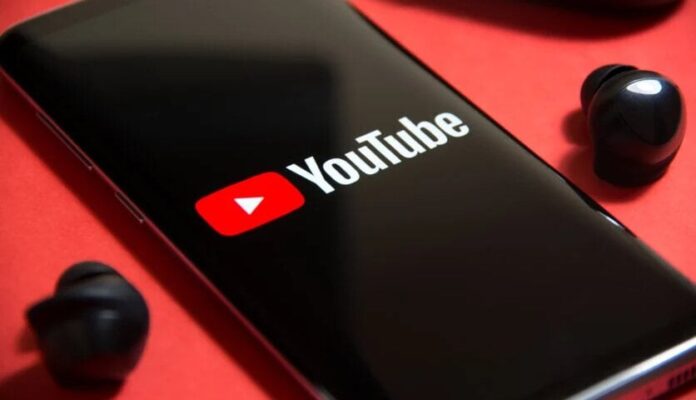Artists and celebrities worried about AI-generated deepfakes of themselves can take a little comfort from YouTube, which has begun rolling out a detection tool for AI-generated likenesses of people.
The video streaming platform has been developing the tool in partnership with Creative Artists Agency, suggesting that one of its functions eventually will be to recognize celebrity deepfakes.
However, for now the tool is limited to a specific set of creators with YouTube channels, and will be rolled out to all creators in the YouTube Partner Program in the coming months, PC Mag reported.
YouTube notified select creators on its platform of the rollout of the tool by email on Tuesday (October 21), according to a report at The Verge.
The tool is similar to YouTube’s Content ID system, which scans the YouTube library for copyrighted content in order to compensate rightsholders. The deepfake detection tool works on the same principle, but seeks to detect recognizable faces used without permission.
In a video posted on Tuesday, YouTube said creators will be able to review flagged videos in the Content Detection tab of YouTube Studio and submit a request for removal if they believe the video is a deepfake, or otherwise violates YouTube’s terms of service.
To be able to use the tool, creators will have to provide photo ID and a short video of themselves. Several days after signing up, creators should start seeing flagged videos in the Content Detection tab, where they will have options as to how to respond, including filing a removal request, filing a copyright infringement request, or taking no action.
In the video, YouTube made it clear its primary purpose with the tool is to protect the reputation and commercial interests of creators on its platform. The tool will allow creators to “protect your viewers by keeping the audience from being misled about what you endorse and what you don’t,” YouTube said.
“There is a chance you may not see matches if altered or synthetic content with your face are barely or never uploaded to YouTube. This is completely normal and indicates that we haven’t detected unauthorized use of your visual likeness on the platform. And we hope that brings you peace of mind,” YouTube said.
“You will be able to send a removal request for review under YouTube’s privacy guidelines and protect your viewers by keeping your audience from being misled about what you endorse and what you don’t.”
YouTube
YouTube has not disclosed if or when it plans to expand the tool beyond creators on the platform. However, that’s the expectation, given that YouTube partnered with Creative Artists Agency (CAA) last December, giving certain high-profile people the ability to “provide critical feedback to help us build our detection systems,” YouTube said at the time.
The detection tool is one of a series of steps that YouTube has taken in recent years to mitigate the risks that come with generative AI. Last year, the platform changed its privacy policies to allow members of the public to file removal requests on videos that imitate their voice or likeness.
YouTube also developed a mechanism for rights holders to request takedowns of videos they believe “mimic an artist’s unique singing or rapping voice.”
At the same time, YouTube and its parent company, Google, have been among the most active companies developing AI technology. Earlier this year, YouTube rolled out a new AI music tool that can generate copyright-free soundtracks for videos. The company is also testing an AI music host feature to rival Spotify’s AI DJ.
YouTube signed a deal with Universal Music Group in 2023 to develop AI tools, complete with protections for rights holders. According to a 2024 report at the Financial Times, YouTube was in talks with the major record companies to license their music for AI training, but those efforts were slowed by a lack of willing artists.Music Business Worldwide


